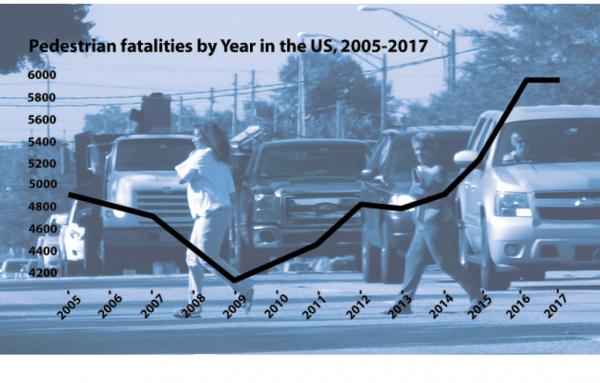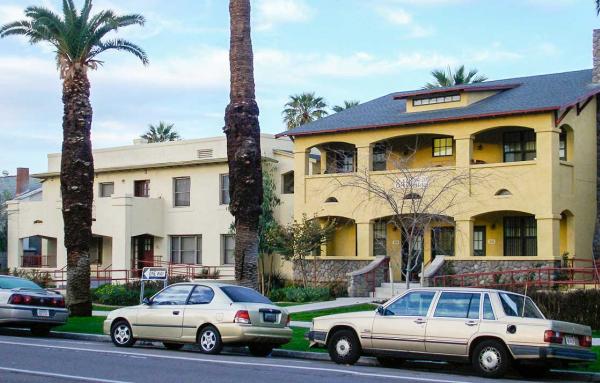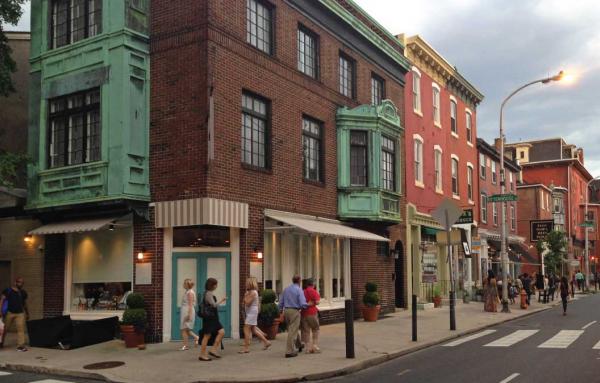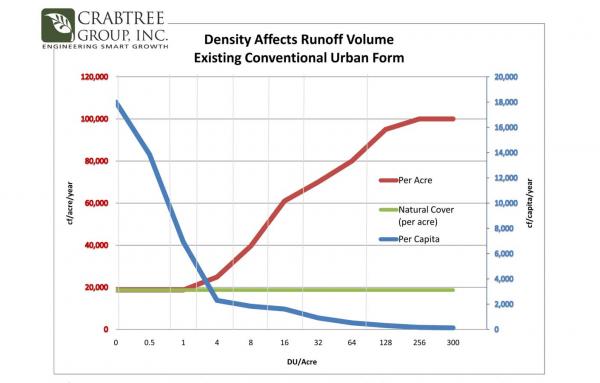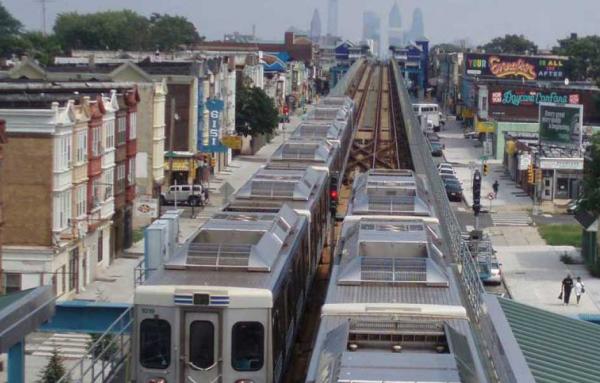Research
We need a strategy for taming deadly thoroughfares that go through cities and suburbs.
A new report by Todd Litman offers a vision for optimal urban growth for affordability and livability—laying down a challenge to Wendell Cox, smart growth critic and author of a widely cited report.
Please contribute to our effort and let us know about research and topics that are missing.
Research papers on topics ranging from climate change to transportation are presented at CNU 25, supporting evidence-based practice.
Cities that blend old and new are helping to define urbanism in the 21st Century.
A "new analytic framework" by the Urban Land Institute ignores walkability and sets back our understanding of cities and suburbs.
Strong demand for historic downtowns and neighborhoods brings a surge of population at a level not seen in 70 years.
Compact development is the best for protecting watersheds because it reduces per capita runoff, according to this graph from the Crabtree Group. Most stormwater narratives state that density is bad because the increased runoff is only considered on...
Older and smaller buildings and a wide range in building age offer real economic and social benefits for neighborhoods and urban centers.
A study by Redfin, the owner of Walk Score, shows that true walkability has tremendous economic value—but Walk Score itself has problems.
Commuters cut crash risk by more than 90 percent when taking public transit instead of driving, and investment in transit may reduce a community’s automobile crash risk in half, according to research.
People tend to get more exercise, leading to a powerful salutory effect on health, in neighborhoods with four characteristics.
